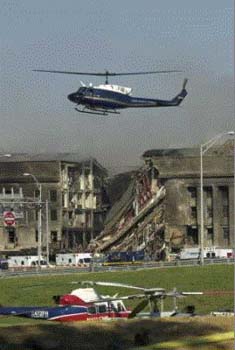1. What part of the body should we closely relate aperture?The Eye. (Pupil, Iris, Cornea, and the Retina)
2. Finish this sentence - the smaller the Aperture _the higher the Aperture focus_, the higher the Aperture _the smaller the Aperture focus_.
3. In your own words tell me how aperture impacts Depth of Field?
A bigger F-number will bring the background objects in focus. A smaller F-Number will do the opposite. It will make the background objects blurry and it will make the main object look sharp.
4.With the camera near you - tell me the F stops available on the lens currently attached.
From 5.6 to 36.
Shutter Speed!
Slow shutter speed:

Fast Shutter Speed:

1.
1. A) dunking booth- Higher Shutter Speed
2. B) the food eating contest- Slower Shutter Speed
3. C.) the rock climbing wall- Slower Shutter Speed
4. D.) someone working at a booth- Slow Shutter Speed
5. E.) the DJ/MC working at the middle of the circle- Higher Shutter Speed
6. F.) the Diamonds performance- Higher Shutter Speed
1. A) dunking booth- Higher Shutter Speed
2. B) the food eating contest- Slow Shutter Speed
3. C) the rock climing wall- Slow Shutter Speed
4. D) someone working at a booth- Slow Shutter Speed
5. E) the DJ/MC working at the middle of the circle- Slower Shutter speed
6. F) the Diamonds performance- Slower Shutter Speed
2. List the three settings your camera has regarding setting shutter speed
"Aperture Priority"- A setting that allows the us to choose a specific aperture value while the camera chooses a shutter speed to match.
"Shutter Priority"- a setting that allows us to choose a shutter speed while the camera adjusts the aperture.
"Manual"- Where you have to set both shutter speed and aperture manually.
3.
ISO!
 |
| ISO 200 |
 |
| ISO 6400 |
--By increasing the ISO it allows you to get a freeze motion of the image.
2. What suggestions did the author make about using a low ISO?
--When there is plenty of light you should use the lowest ISO. Also use the lowest ISO to retain the most detail and to have the highest image quality.
3. What suggestions did the author make about using a high ISO?
--You should always use high ISO when there is not enough light for a camera to quickly capture a motion. You should also use it when you need to get ultra-fast shots.
4. At the camera near you, please tell me what ISO's are available on your camera?
--
SIM CAM
F4 looks best at 1/60
F5.6 looks best at 1/60
F8 looks best at




















